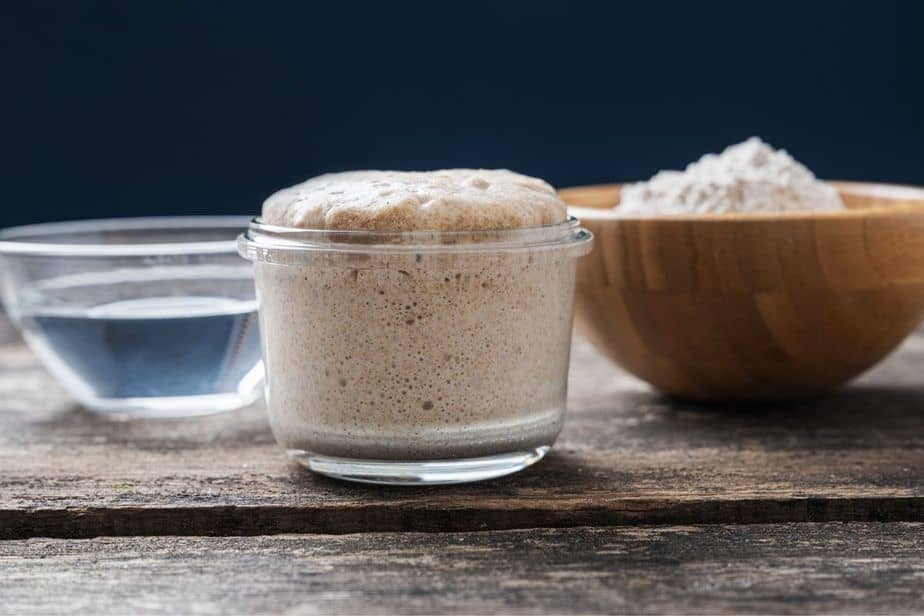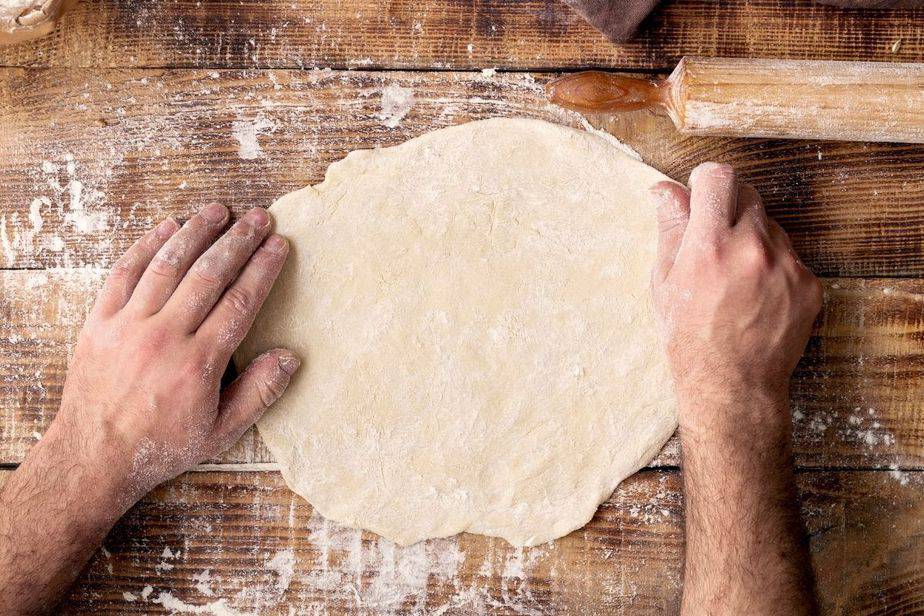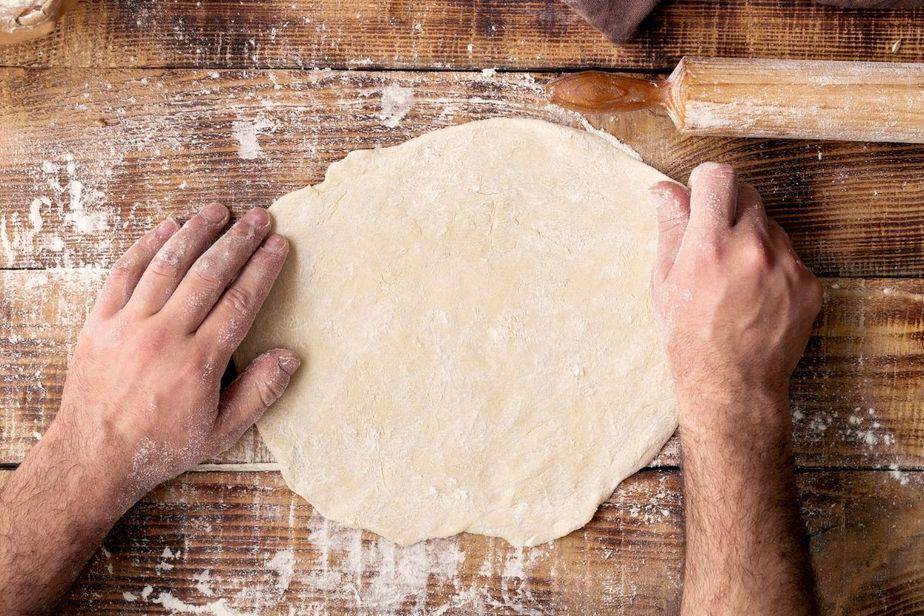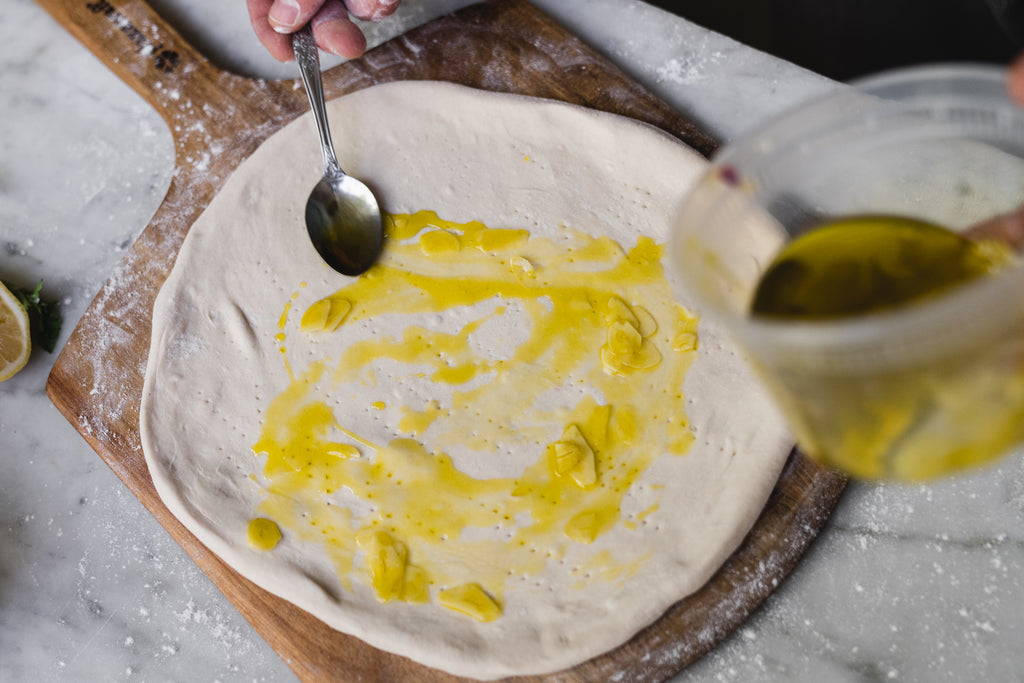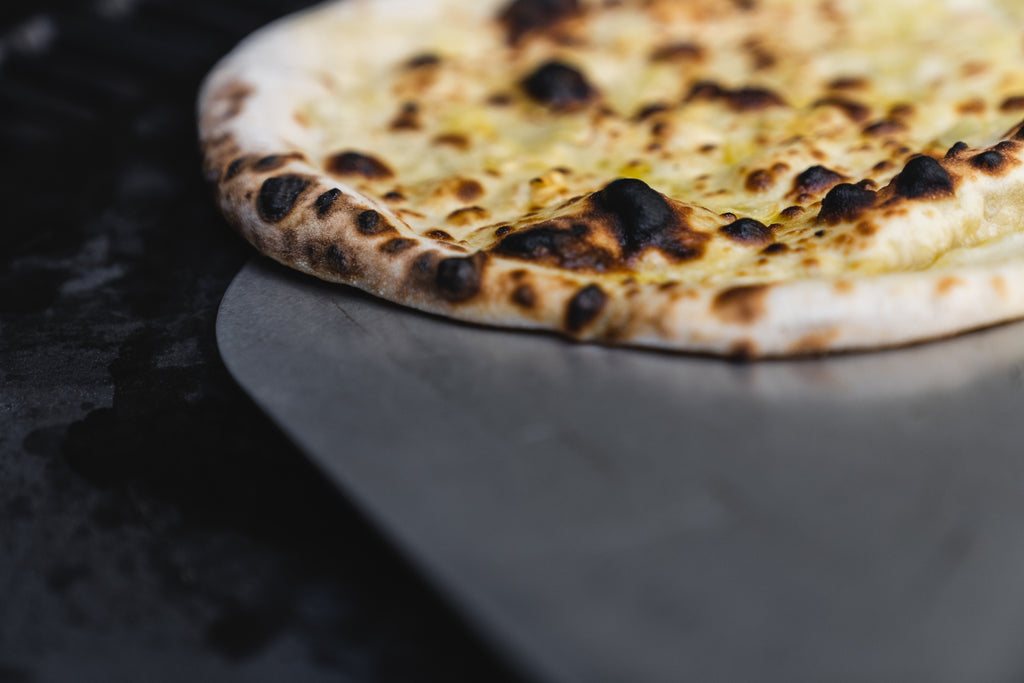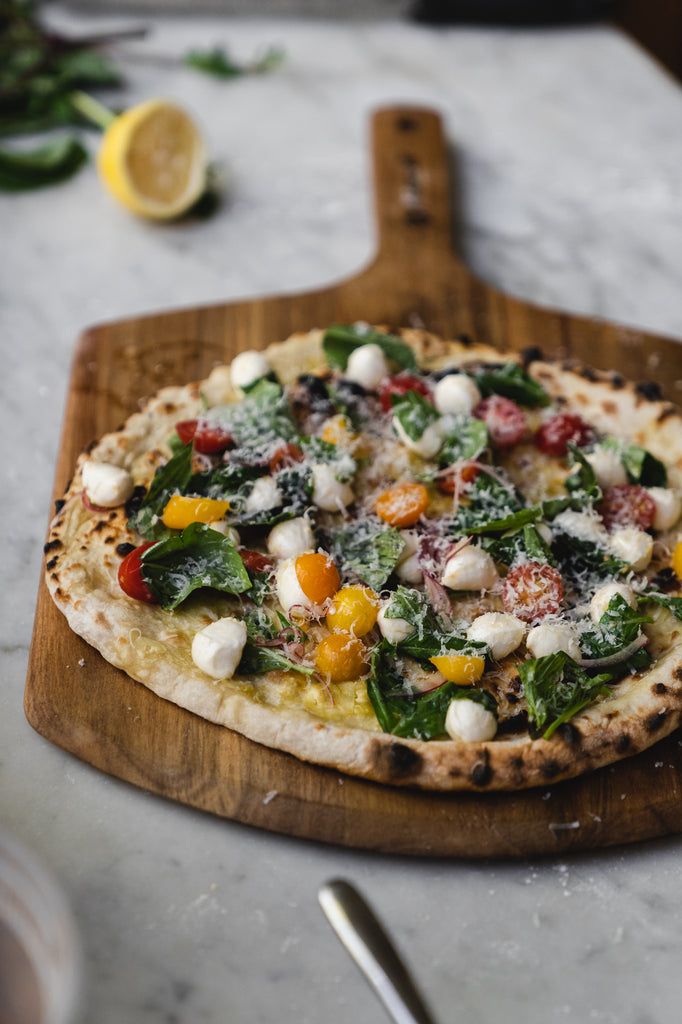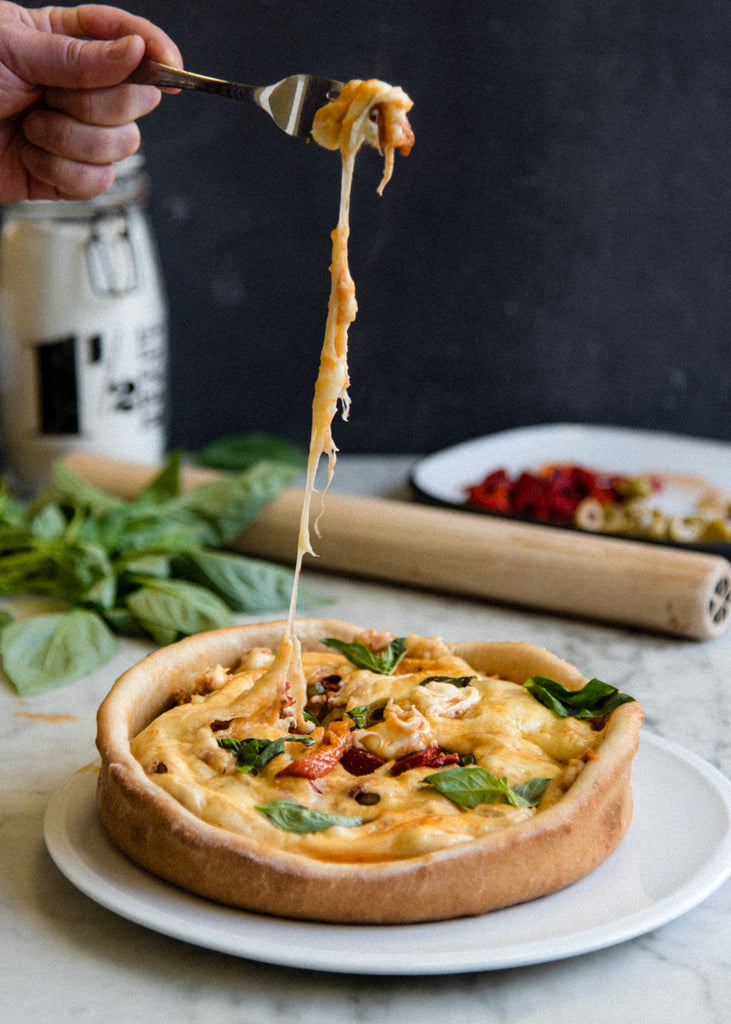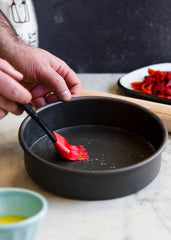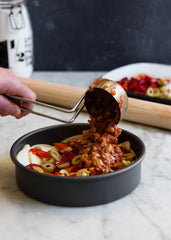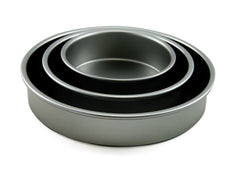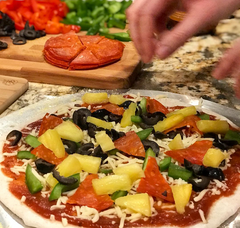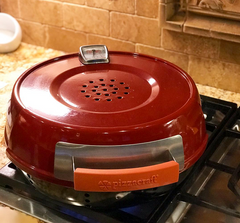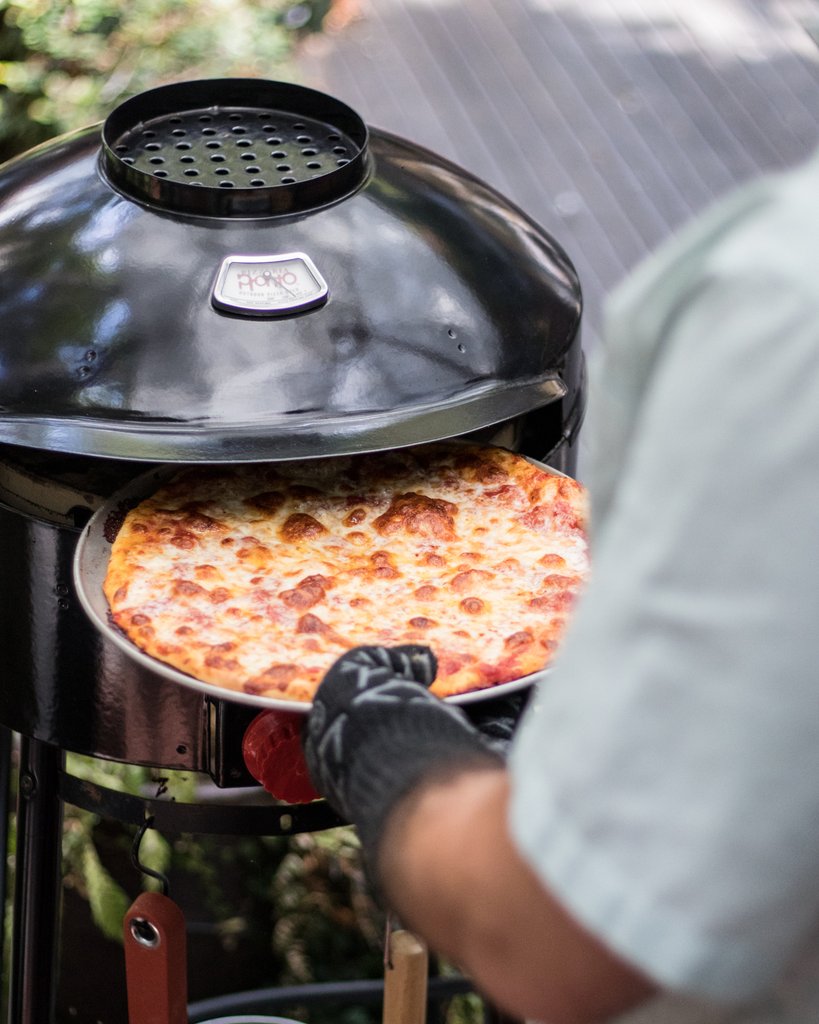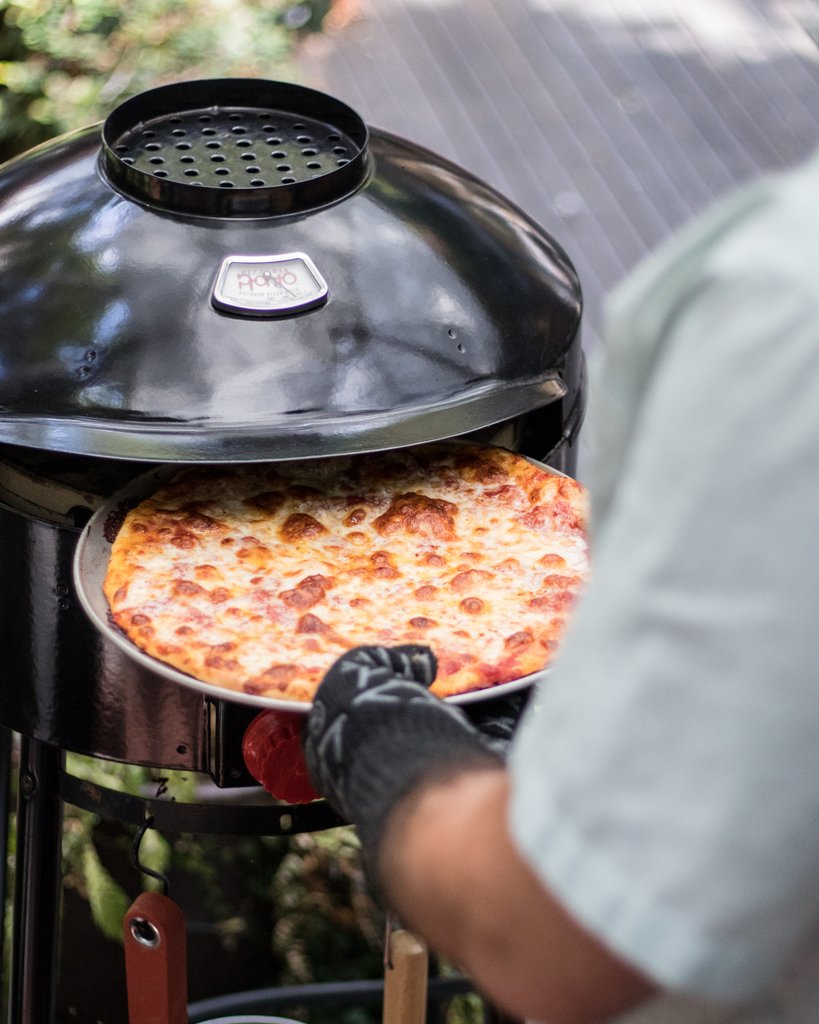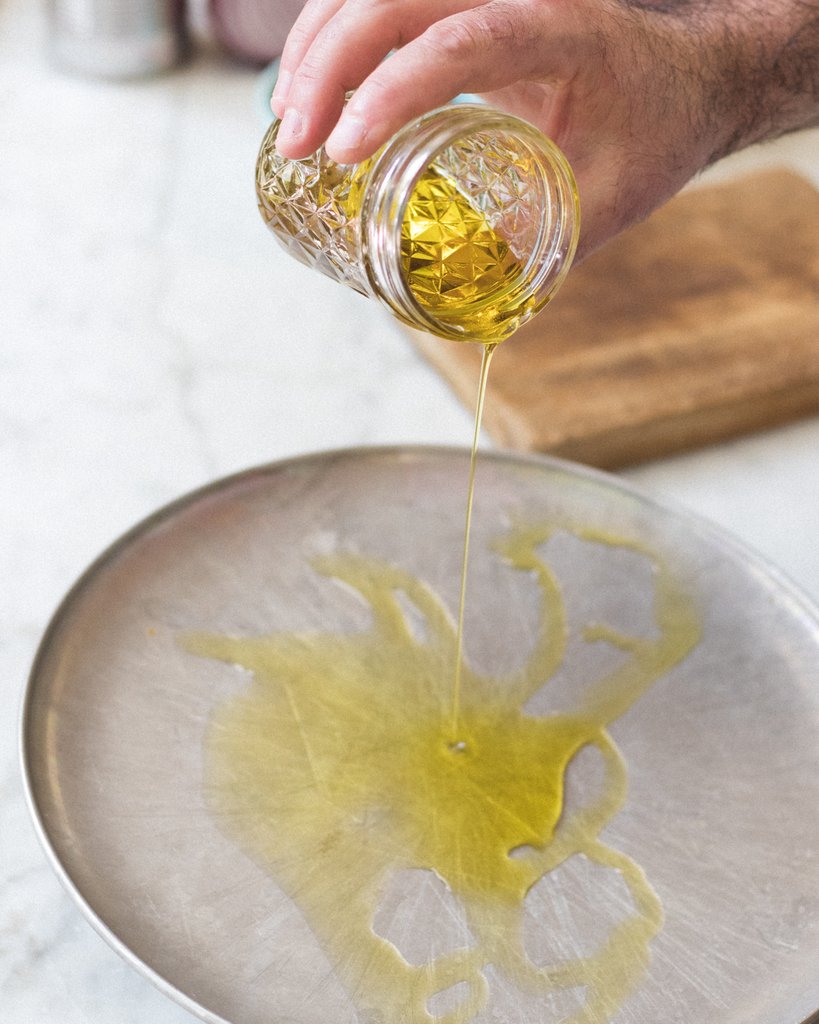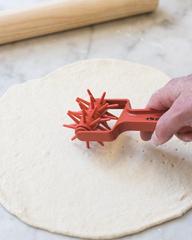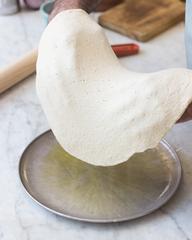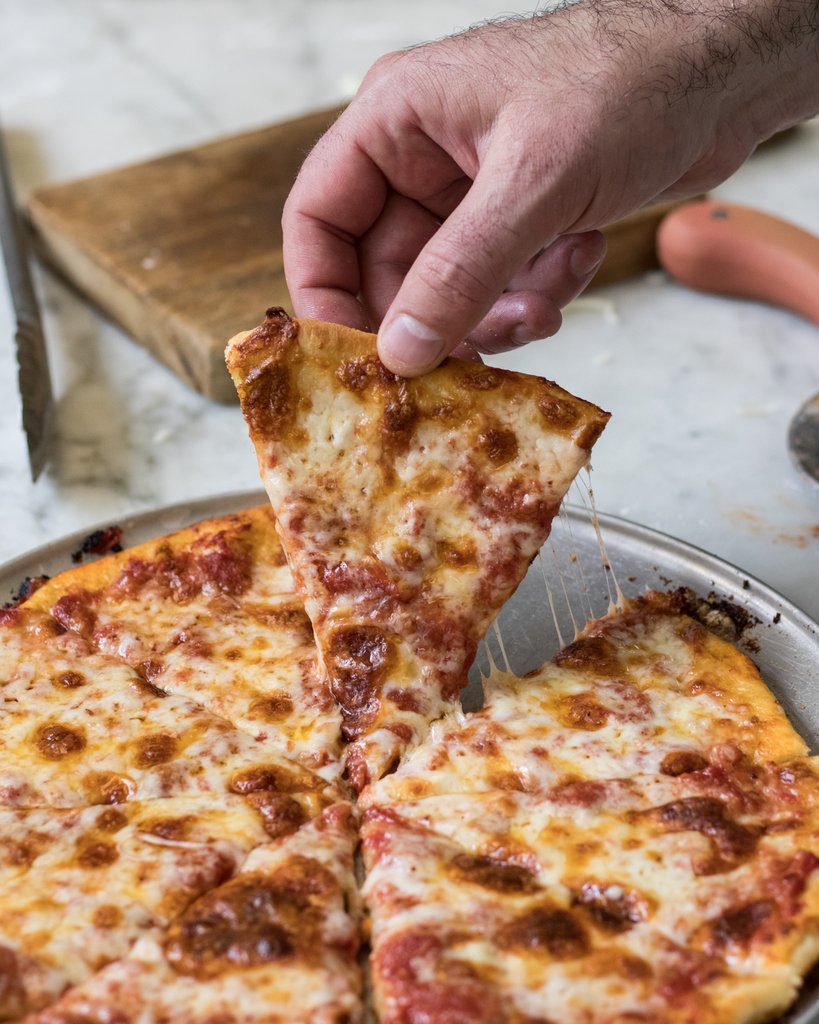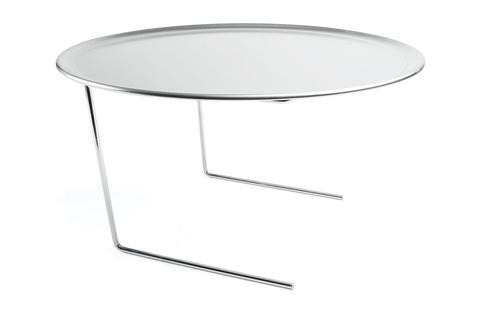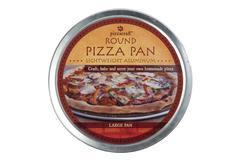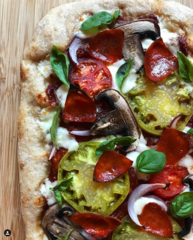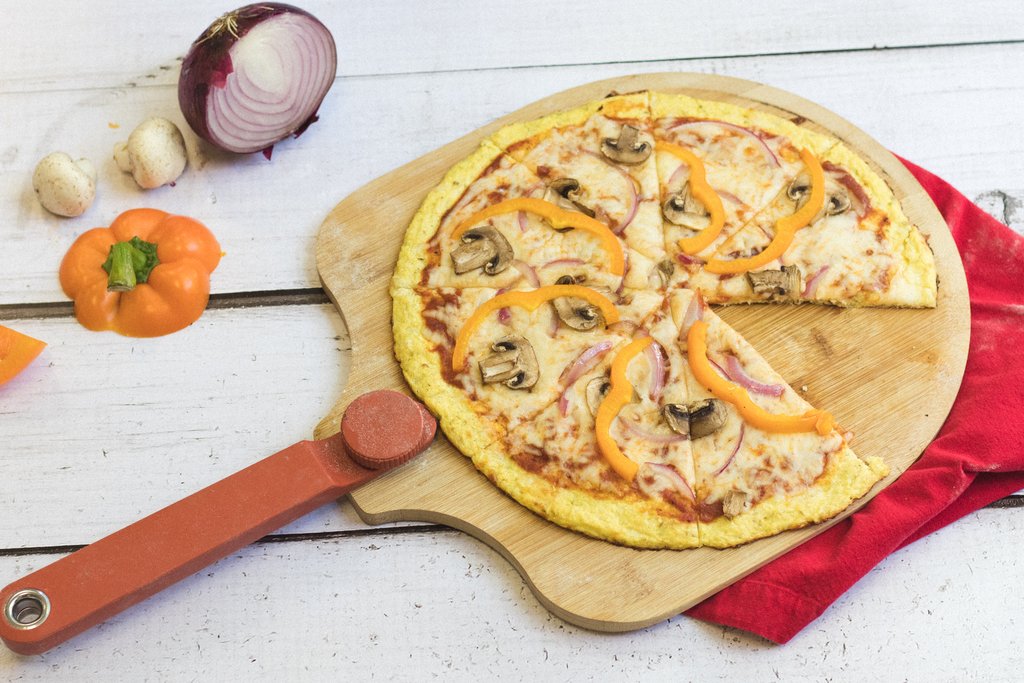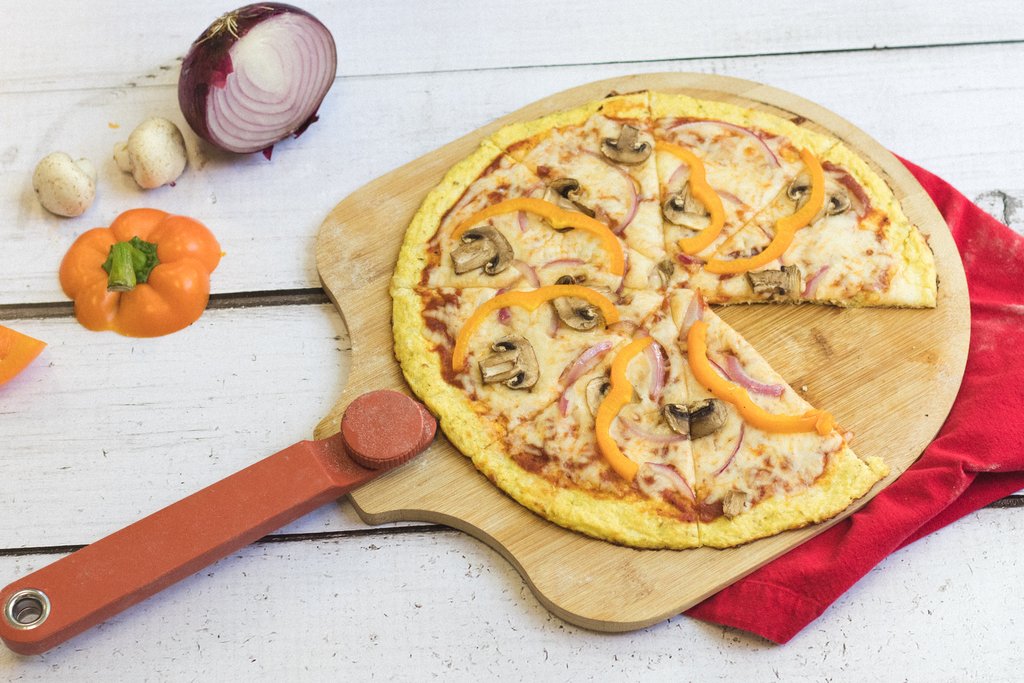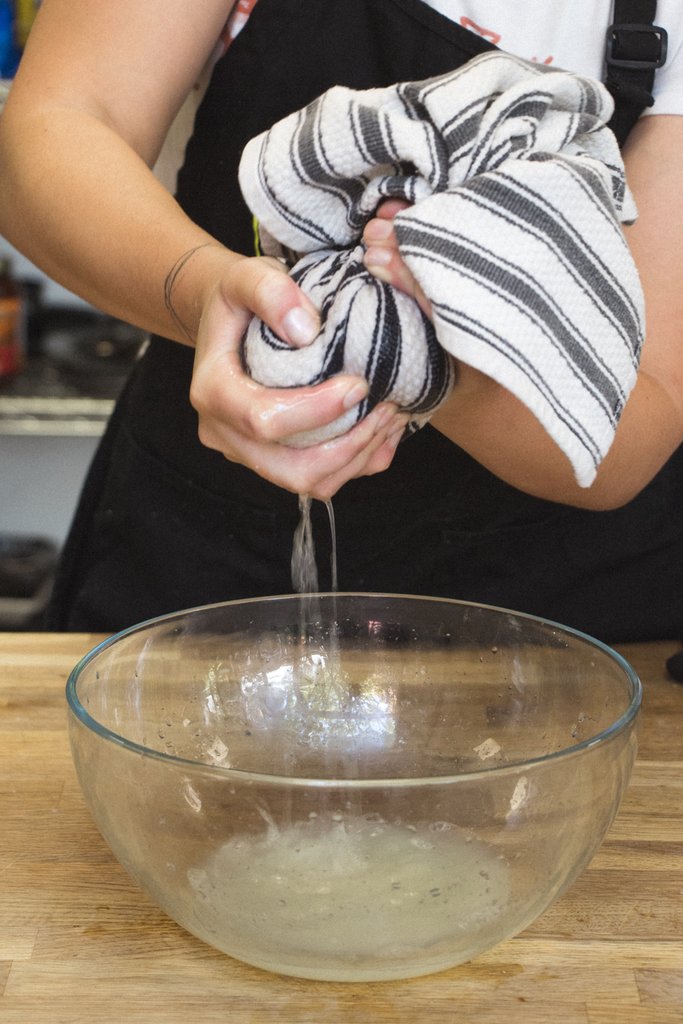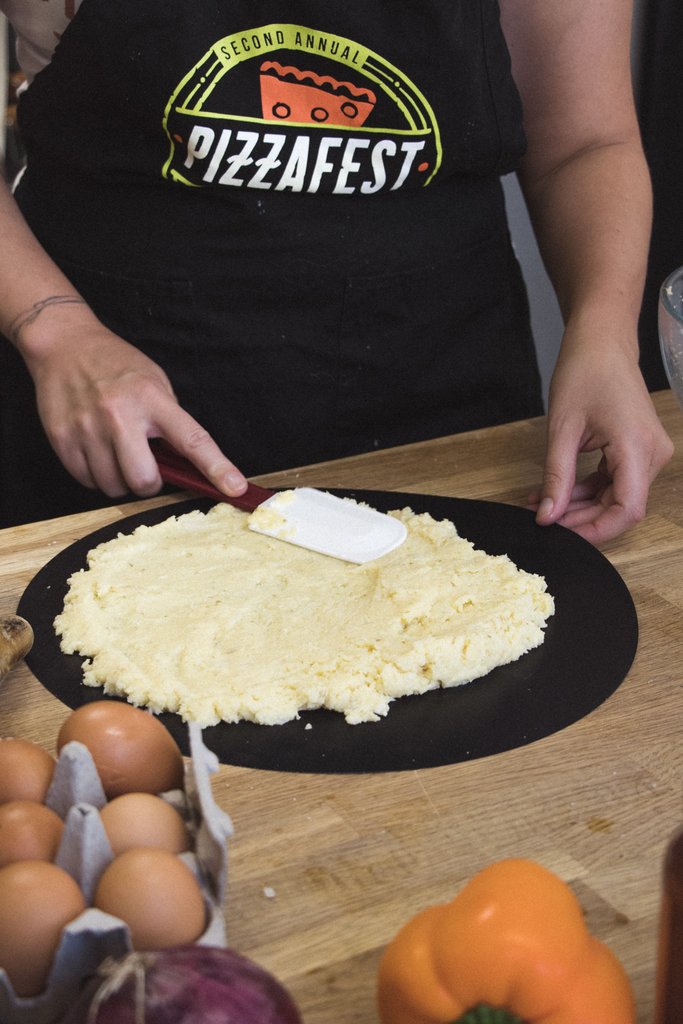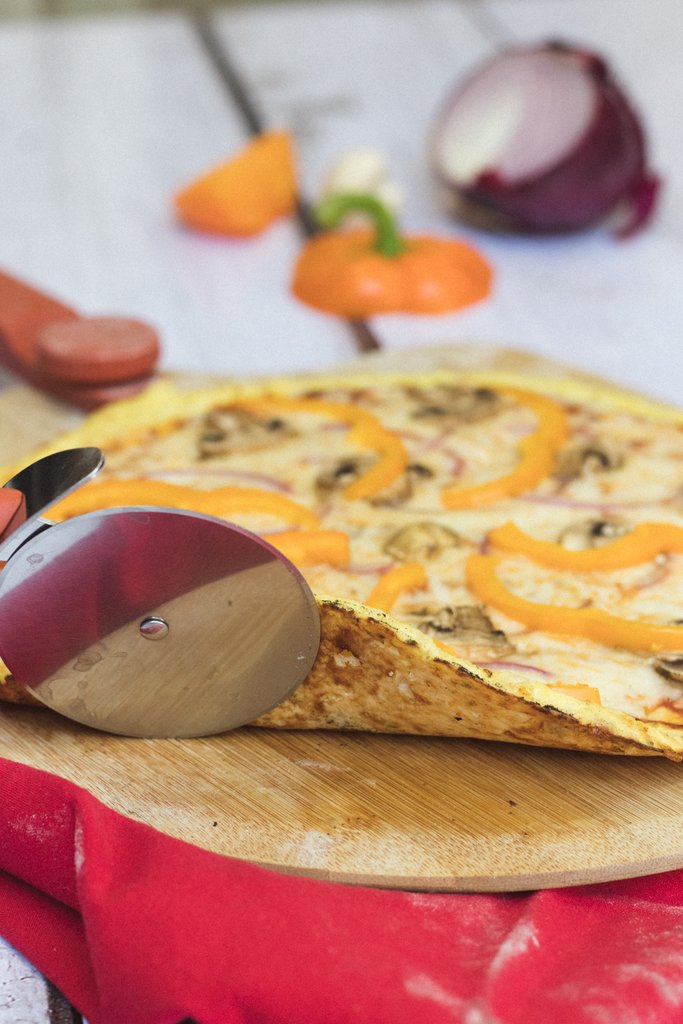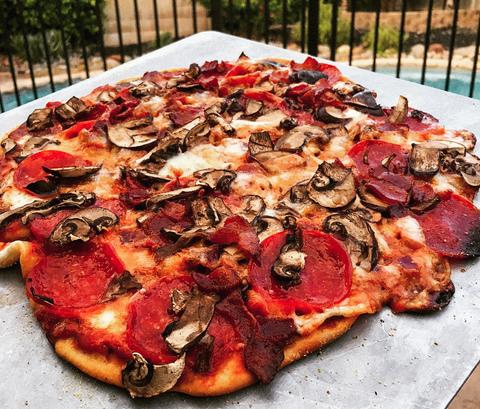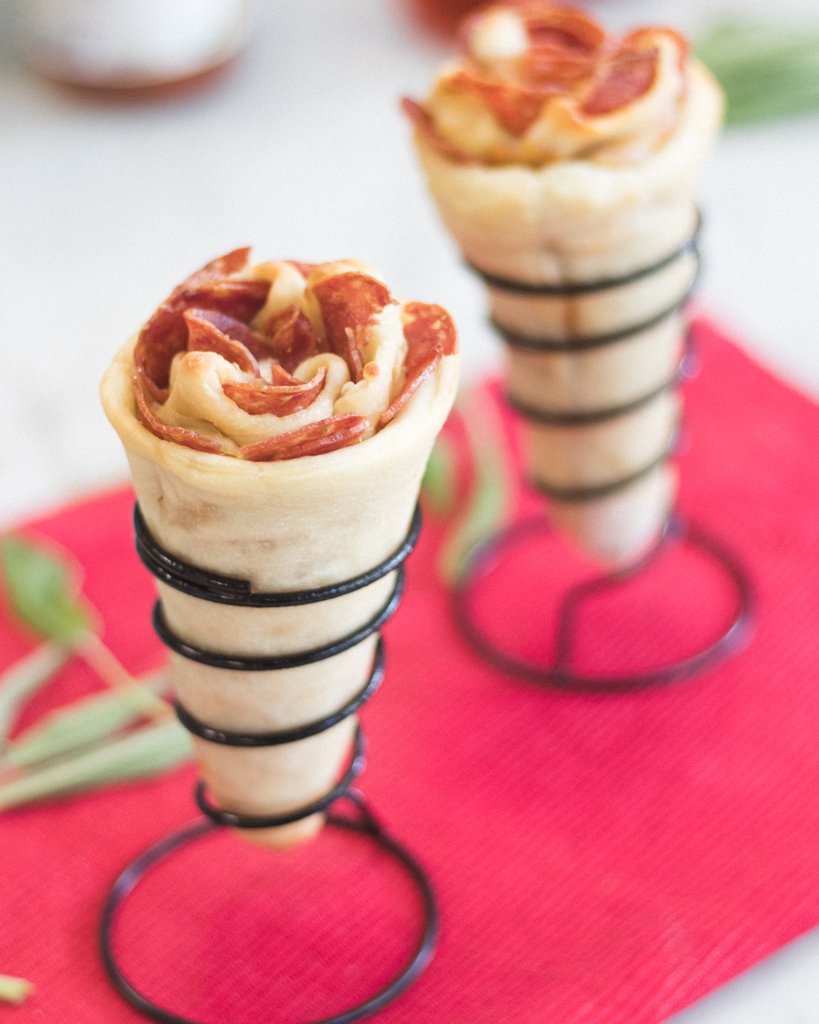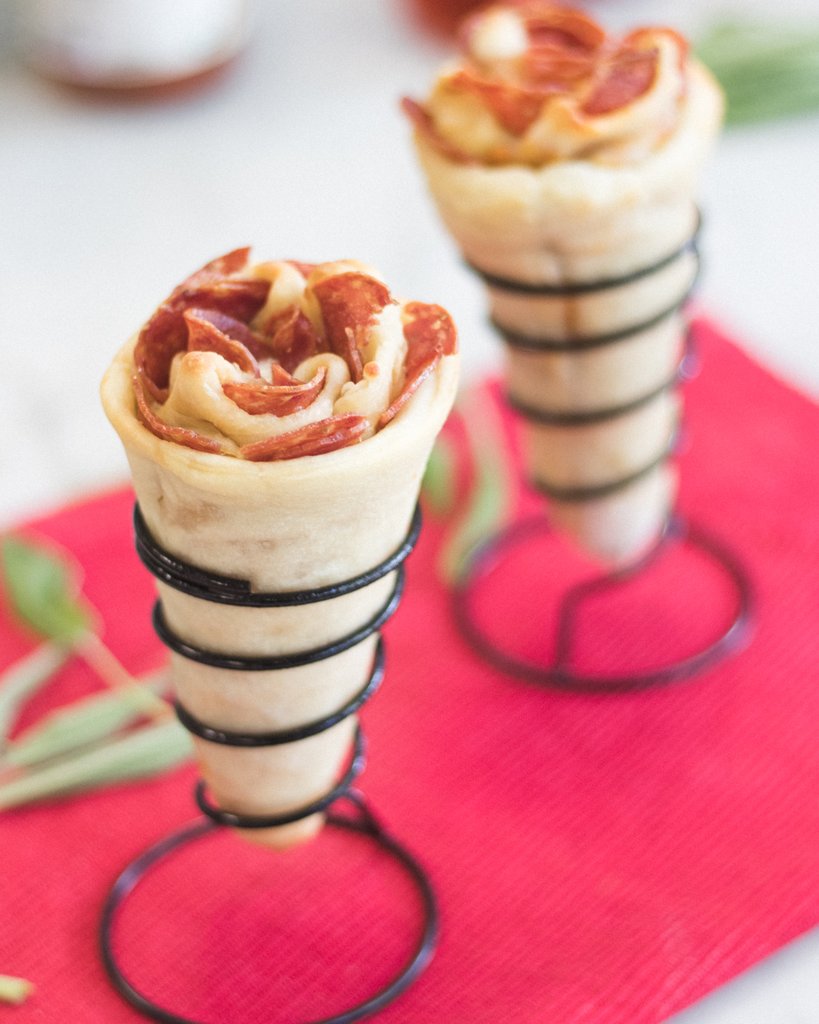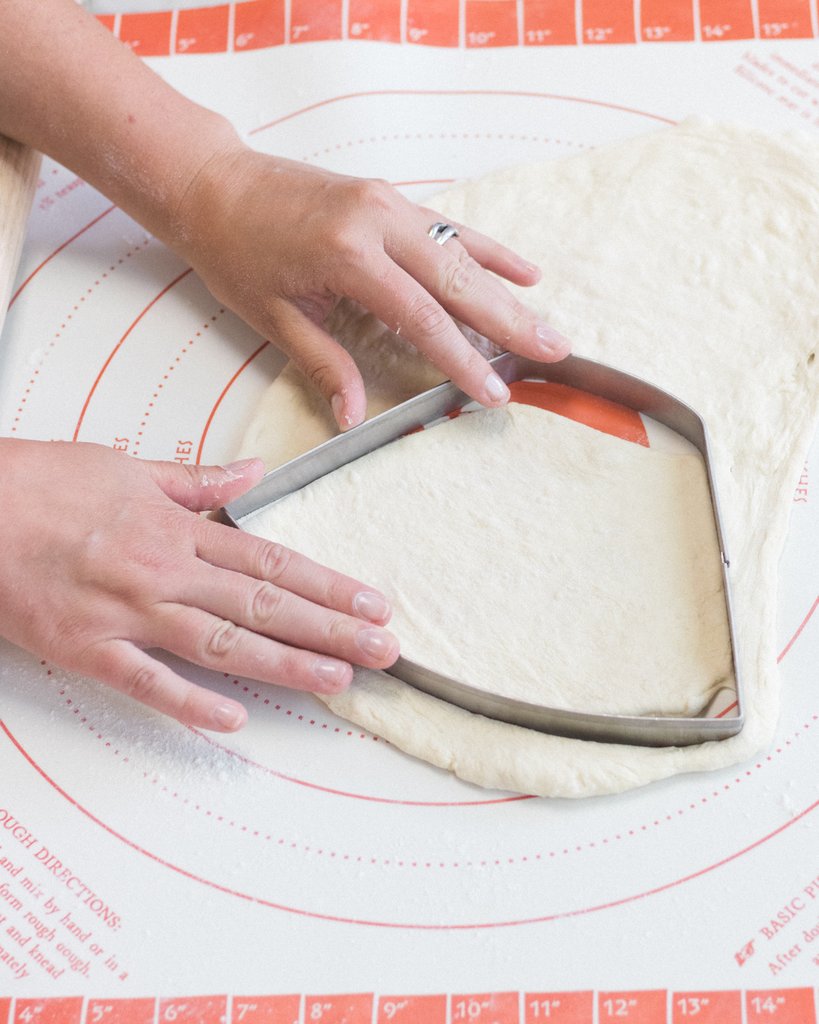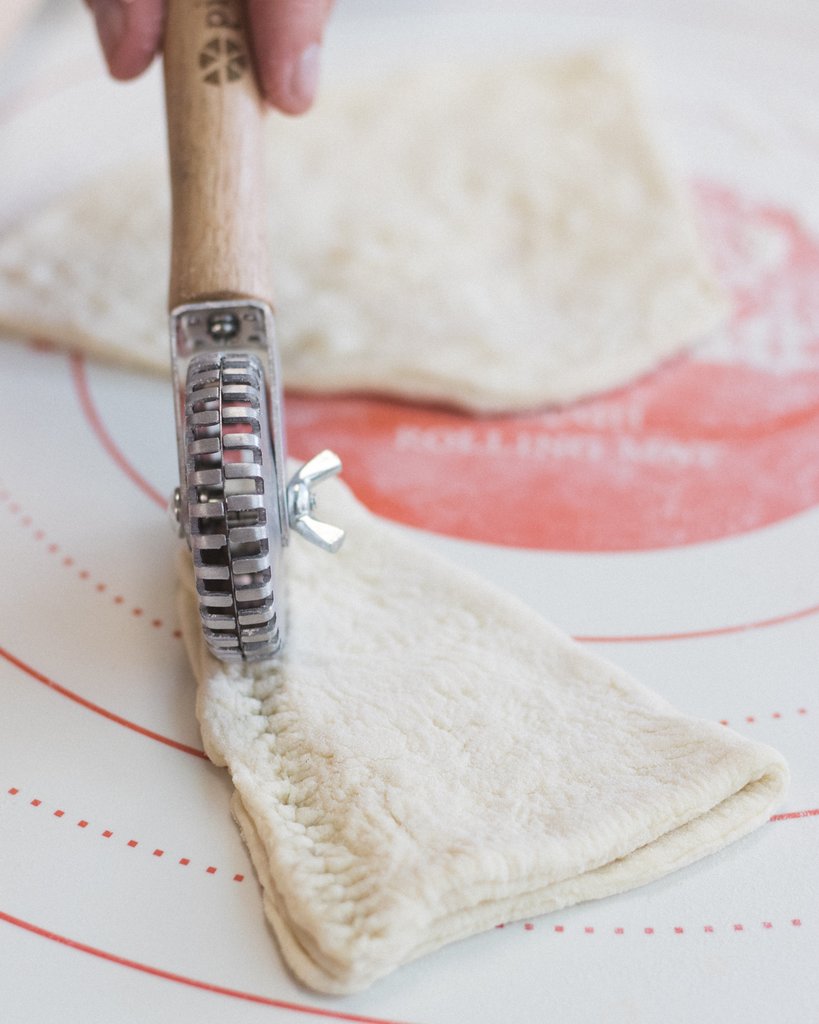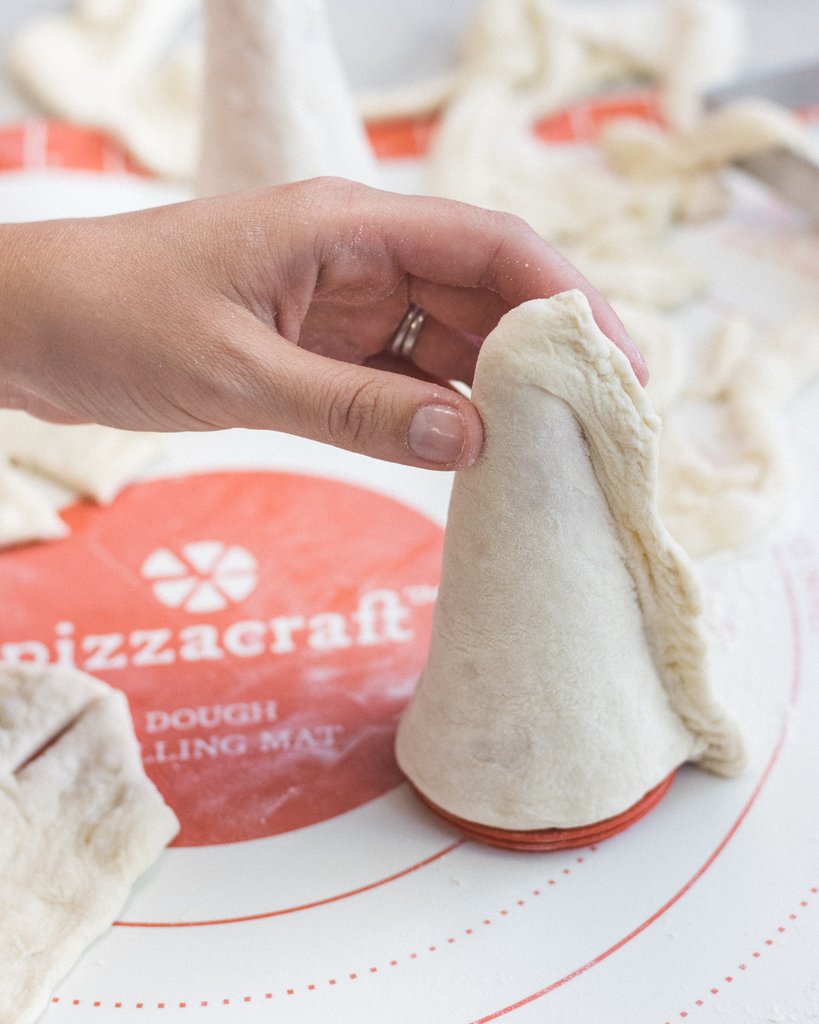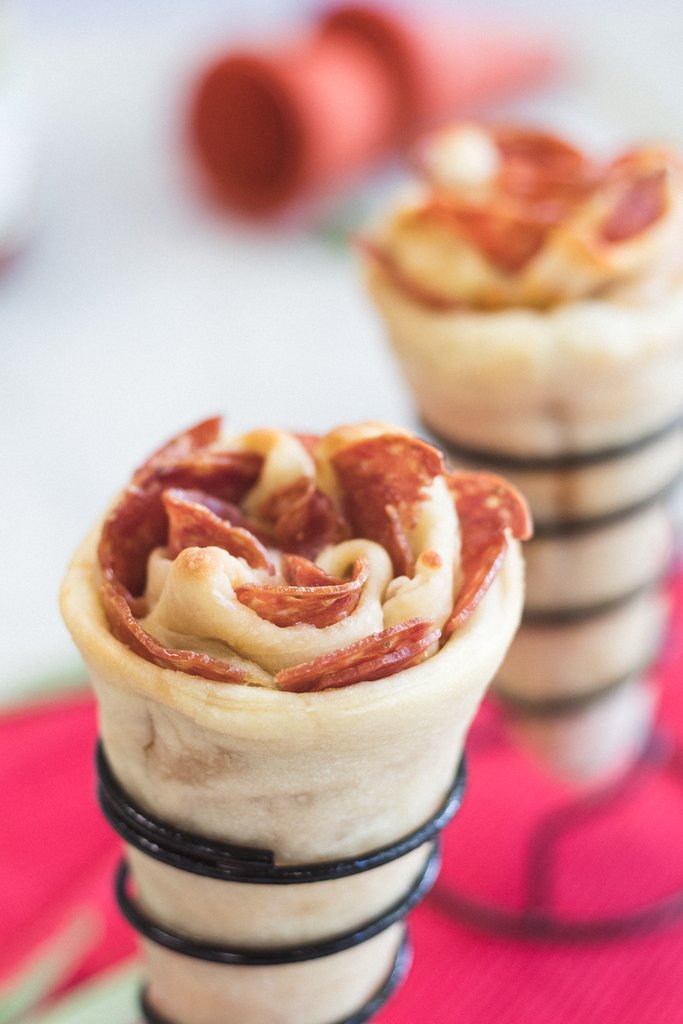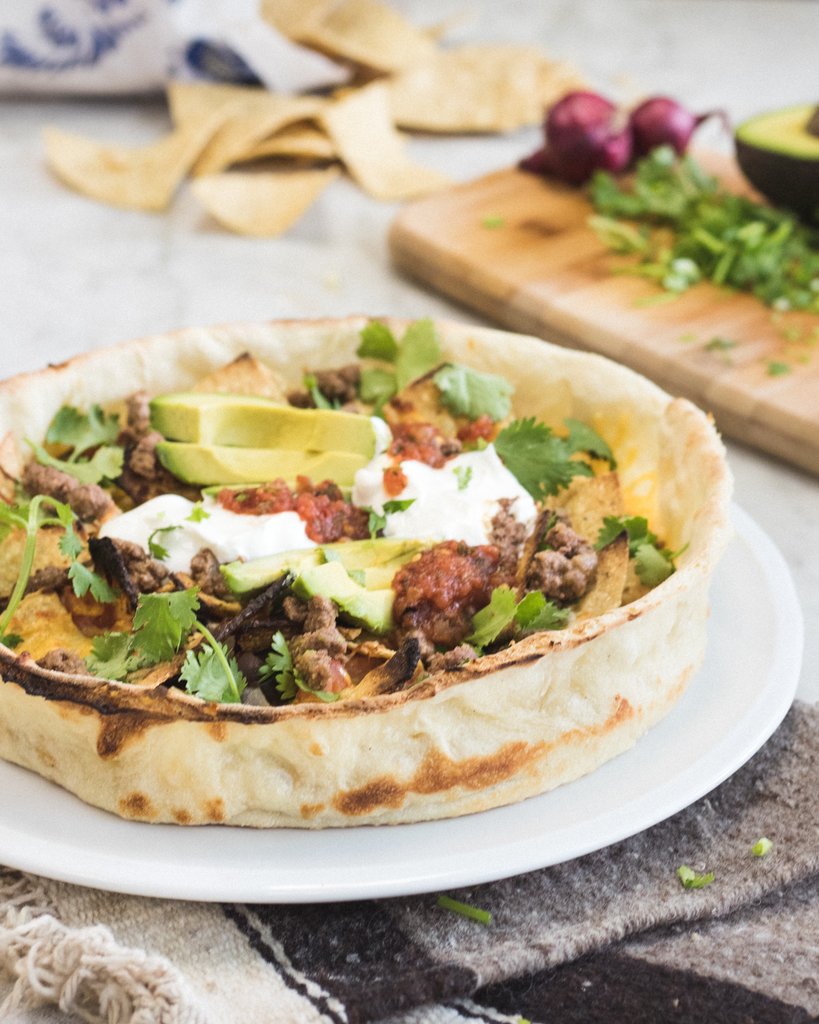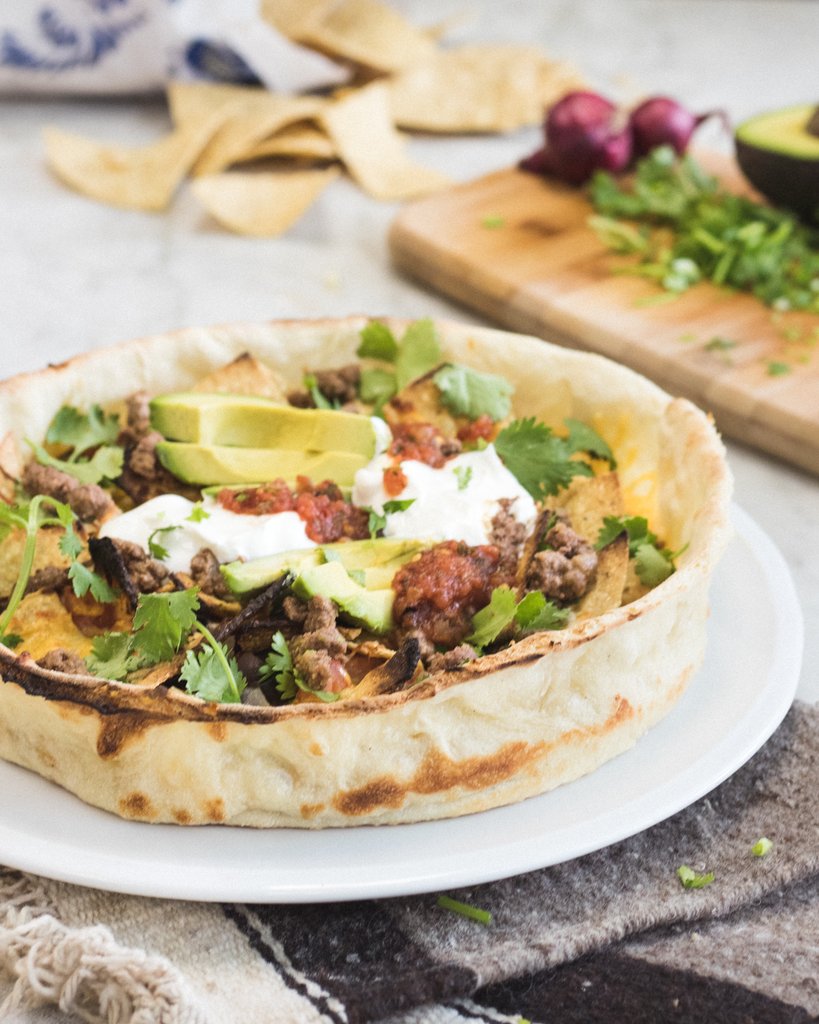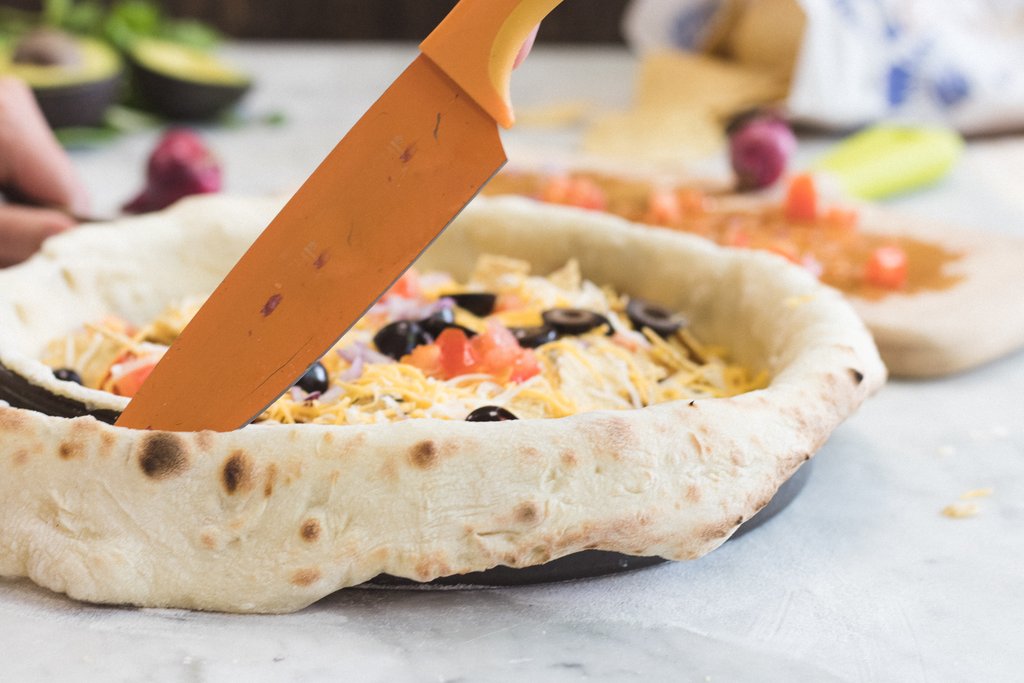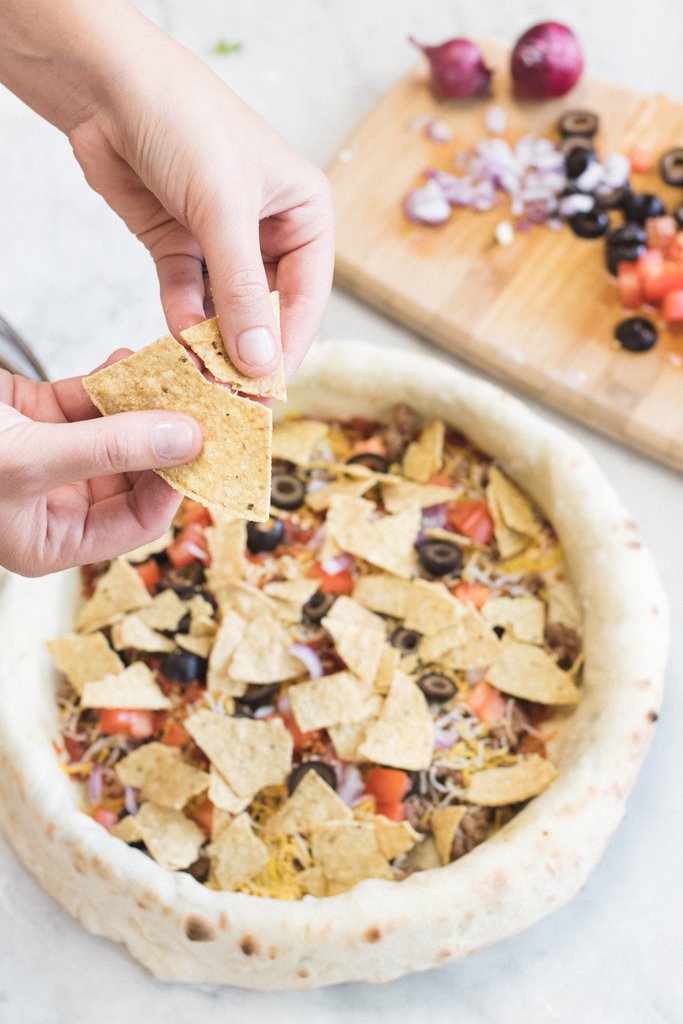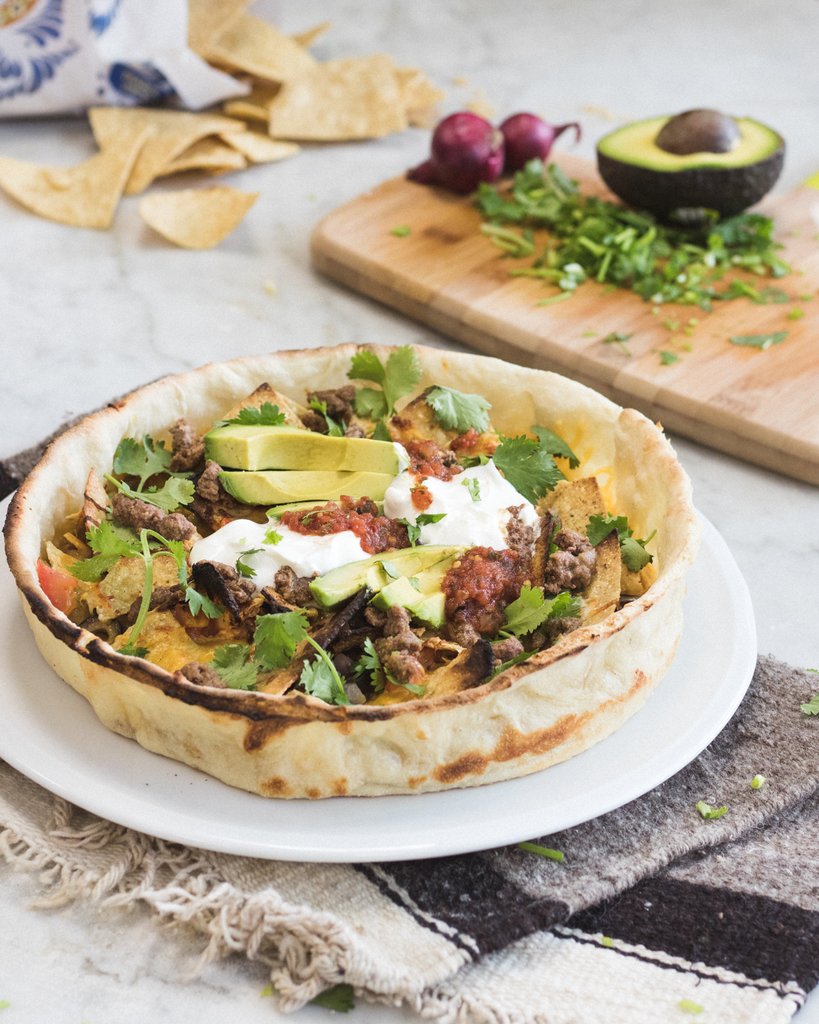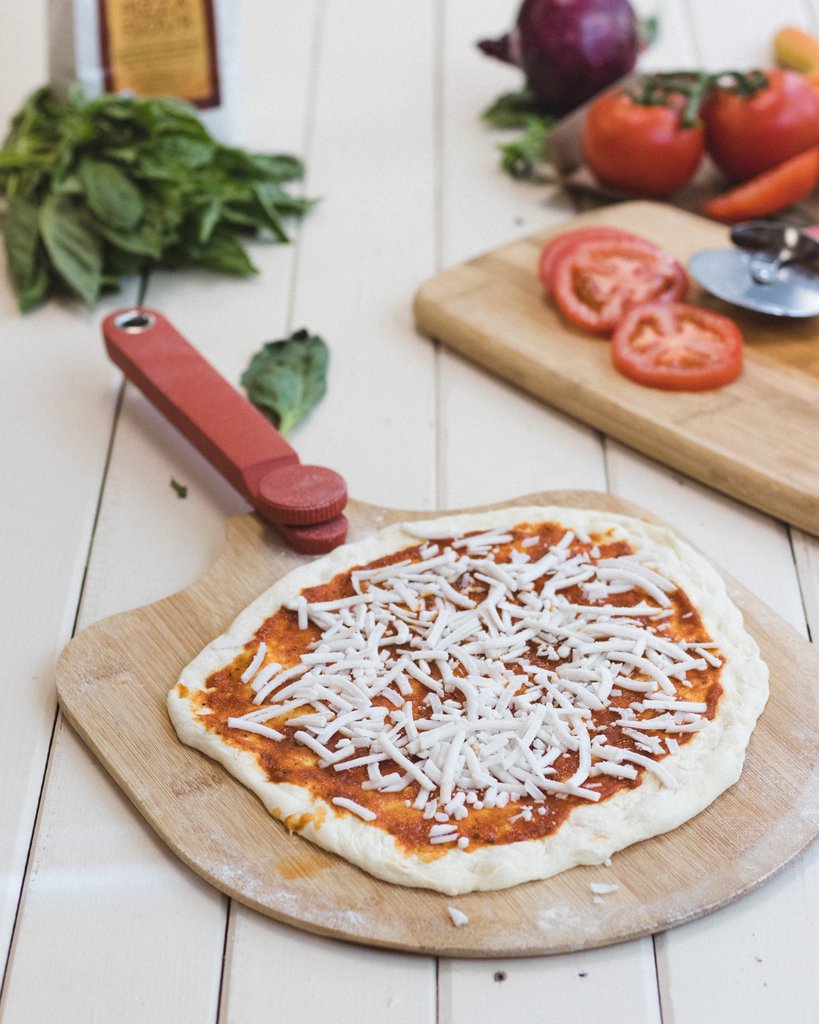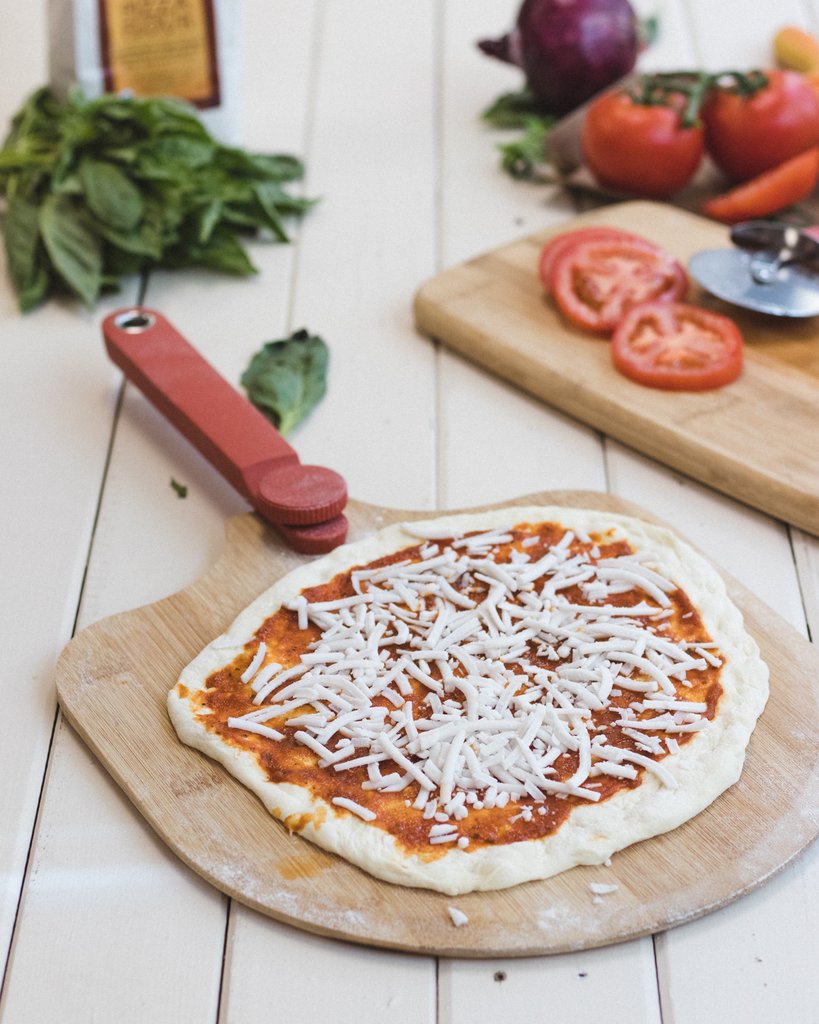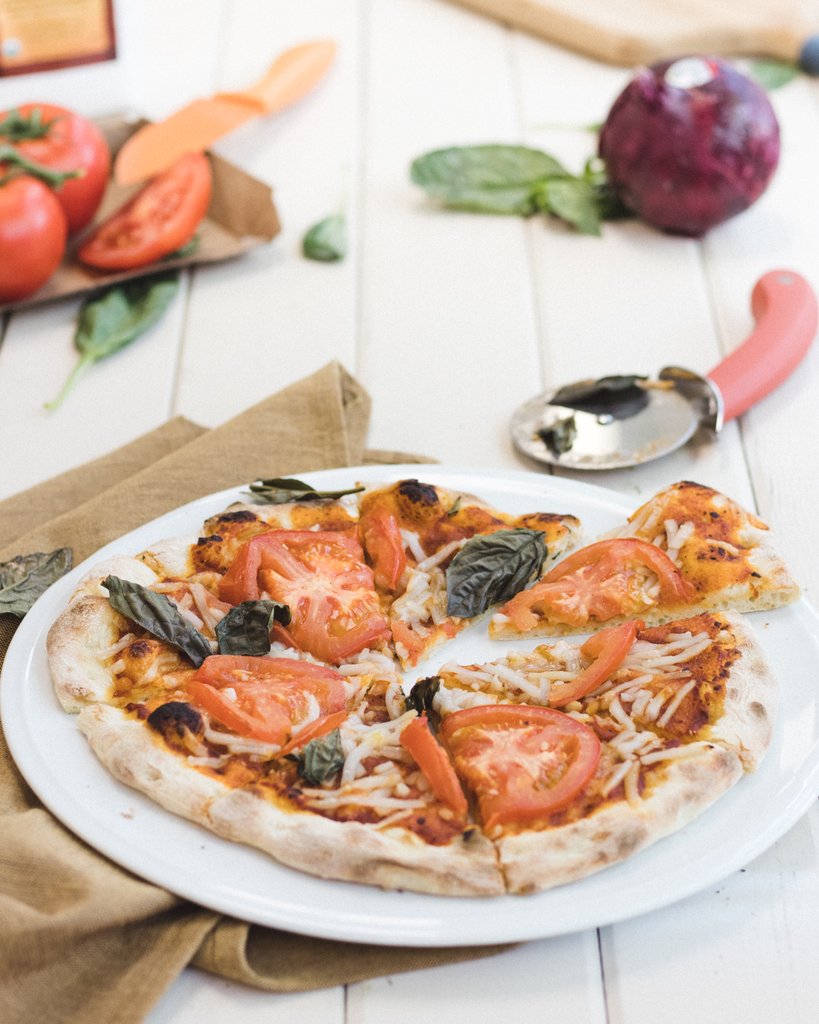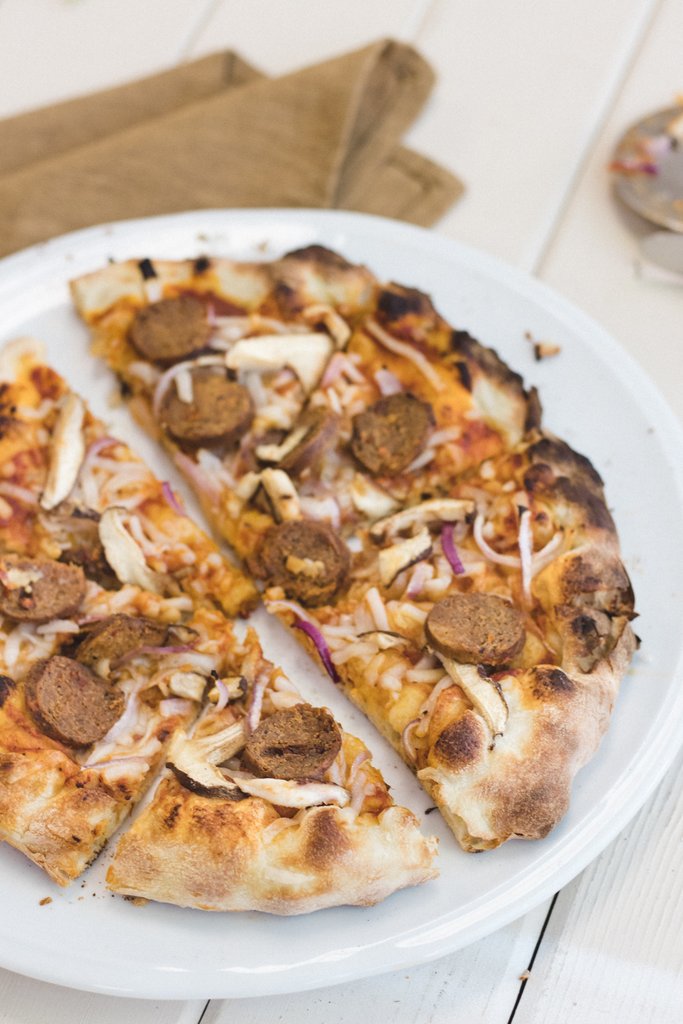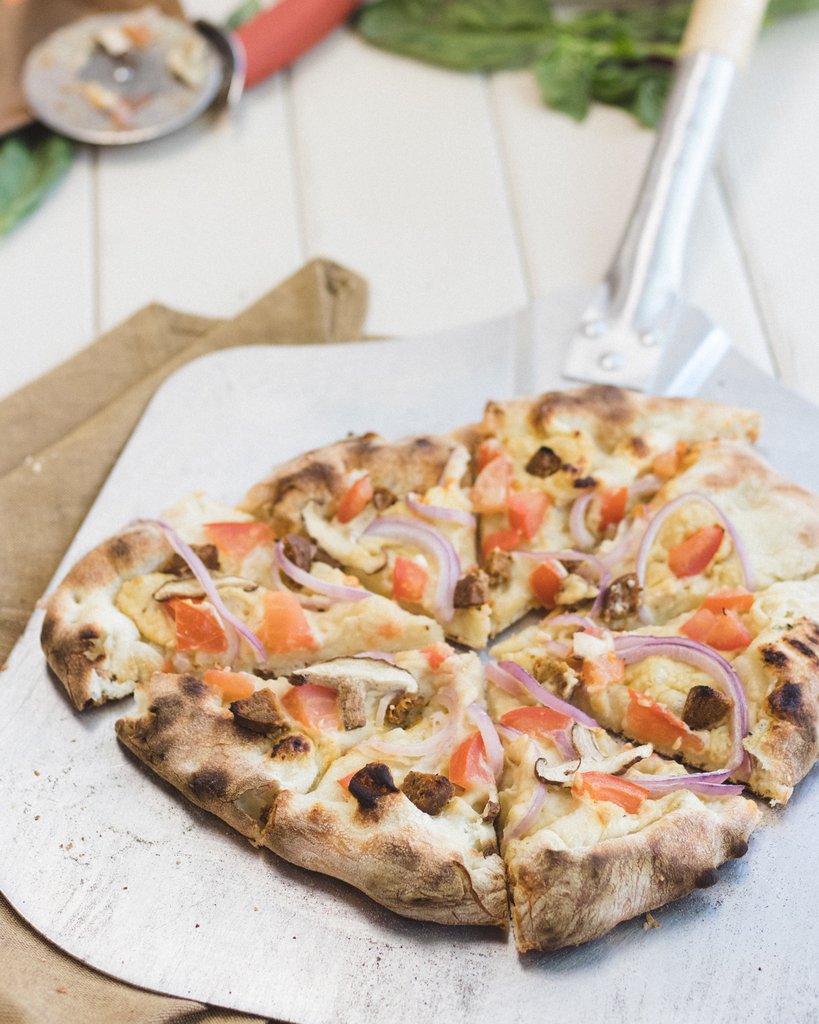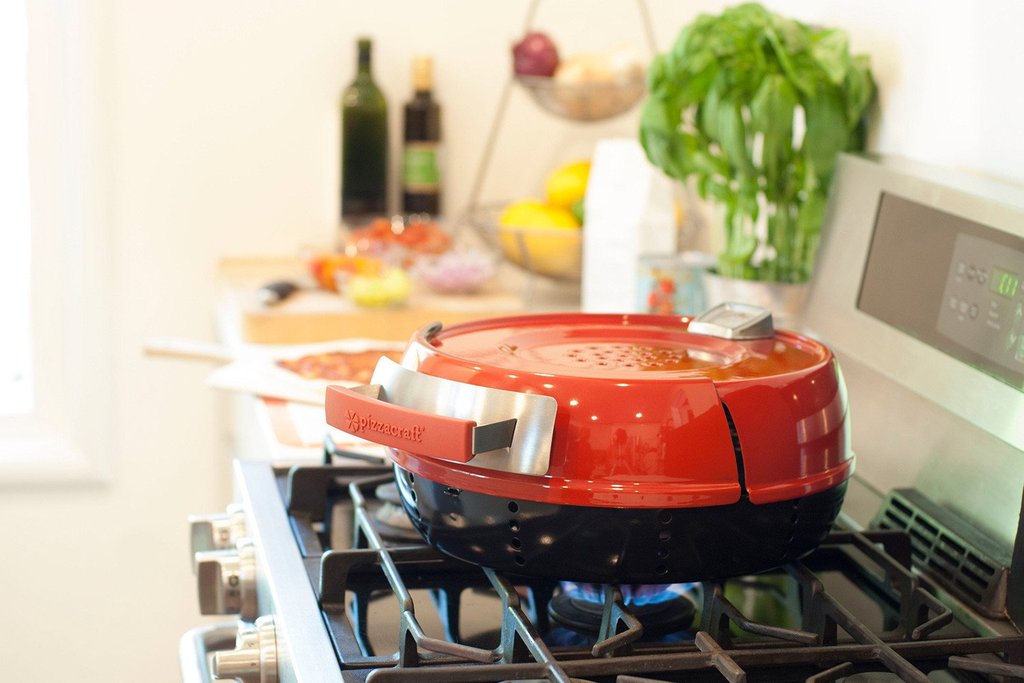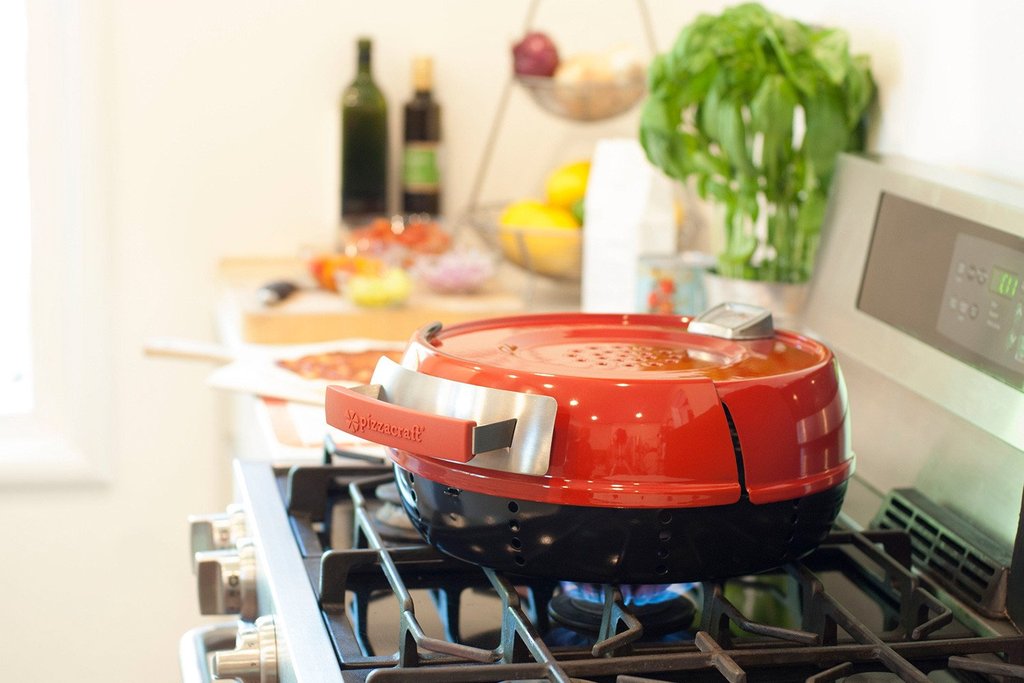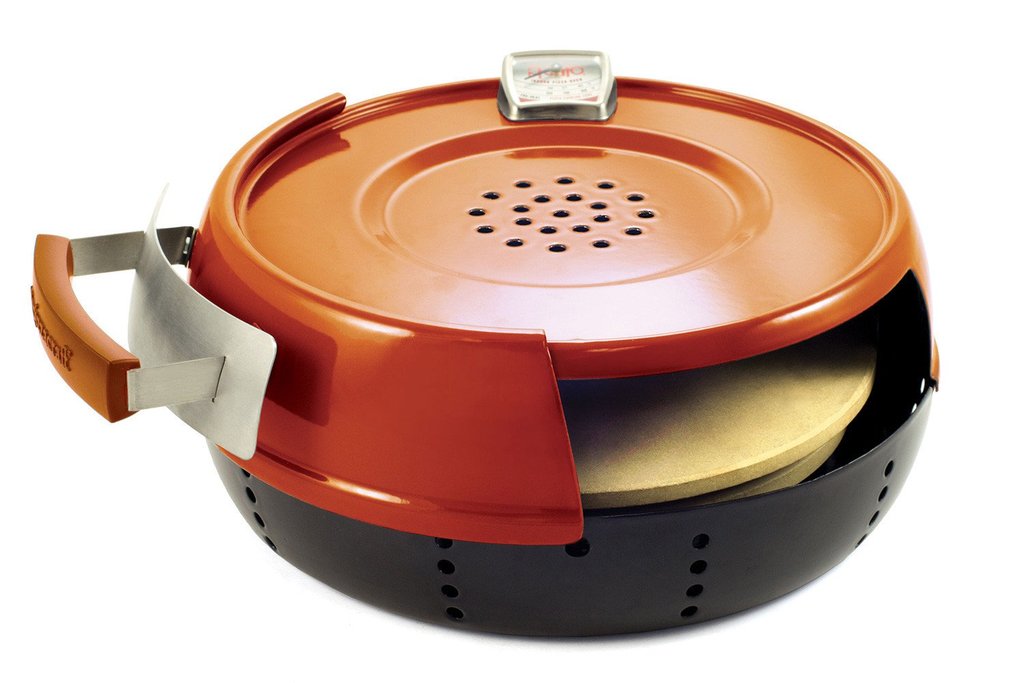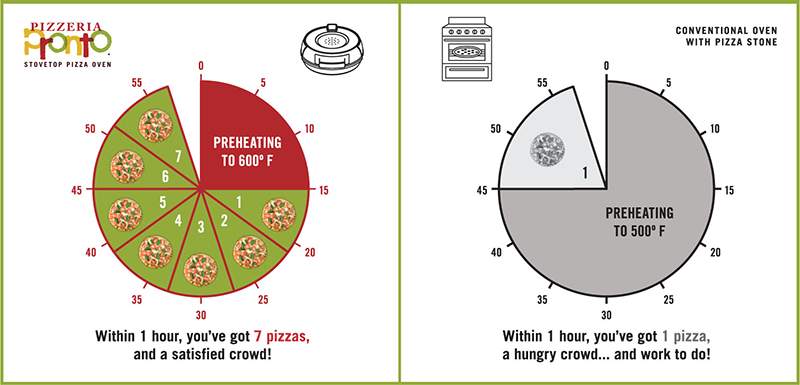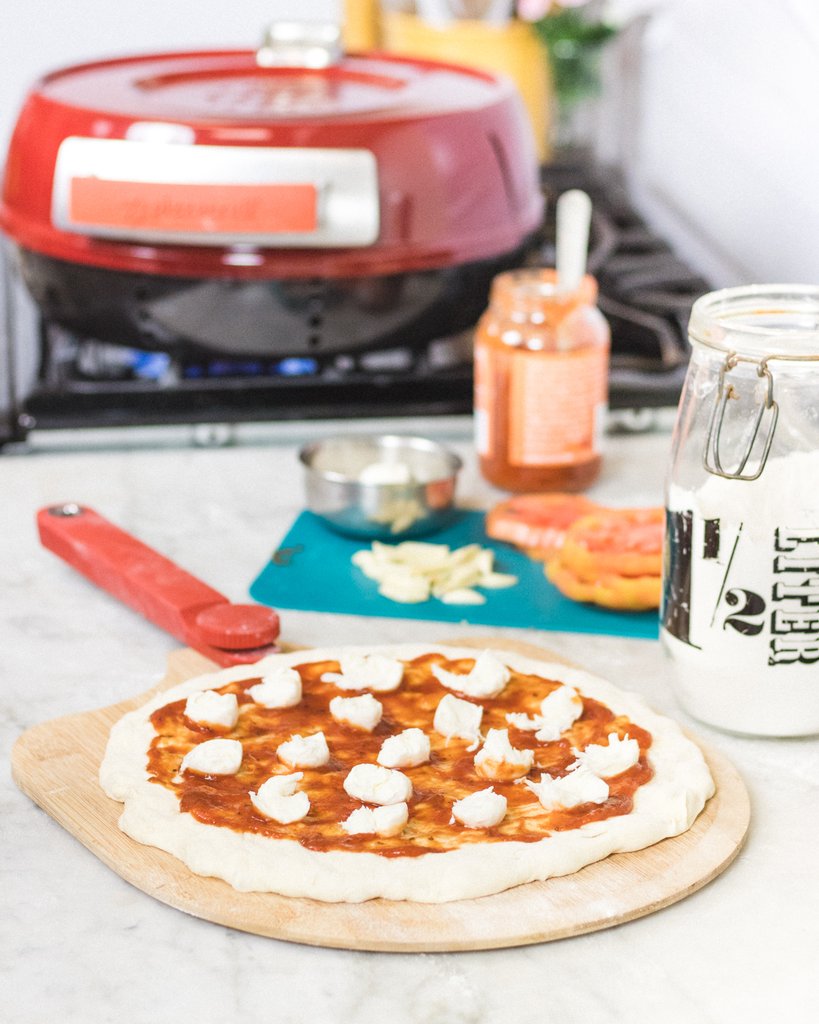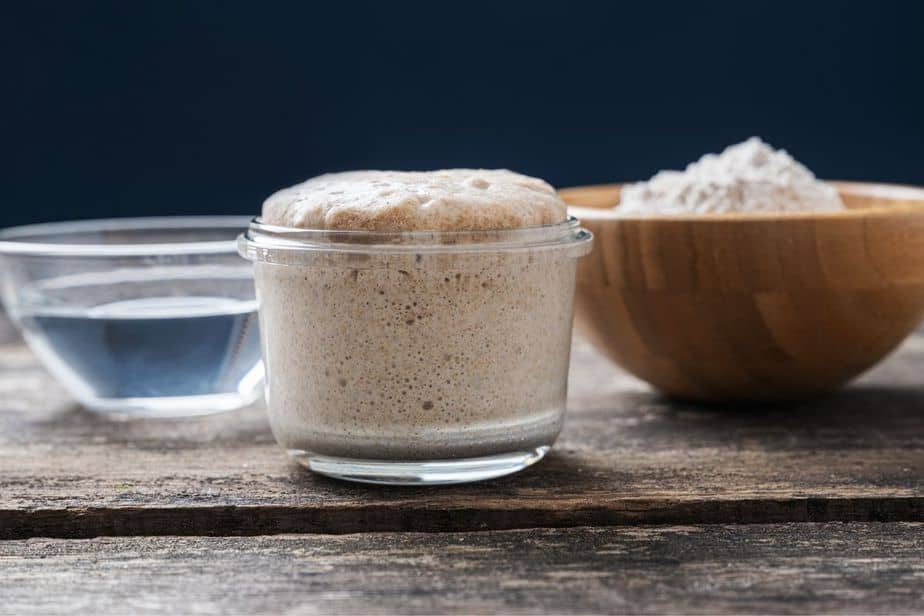
Yeast is an important ingredient in pizza dough. It’s responsible for the fermentation process, which helps to create a light and airy dough that can be topped with anything from cheese to vegetables. But when it comes down to yeast, what are you looking for? There are a variety of types available at your local grocery store or bakery. And some have even been specially formulated specifically for pizza making!
Another really key aspect to yeast in pizza dough making is using the right amount. Careful measuring is essential to ensure that your dough will rise properly and have the right texture. Also the pH levels of the water you use can effect the results of your dough.
If you’re looking for a little more flavor, there are also yeast varieties available with different flavors like garlic or onion.
If it’s pizza night at home tonight but don’t know what type of yeasts to use in order make an amazing crust then check out this article.
Which Yeast Is Best For Pizza?
Most people think yeast is yeast but you can buy yeast that is specially formulated for pizza making. This yeast is called “pizza” or sometimes “bread machine” and it has a higher percentage of active dry baker’s, which makes the dough rise faster than regular bread-making yeasts do.
The difference between these two types can be seen in their rising times: if you use standard baking/dough raising time (about an hour) then your pizzas will have more air bubbles because they’ve had longer to ferment.
Ideally you want a yeast that will make your dough rise quickly so it can be cooked before the yeast has time to ferment.
The best type of pizza/bread machine yeasts are those that have a higher percentage active dry baker’s, which makes them more suitable for quick rising times and will produce less air bubbles in finished pizzas because they’ve had shorter fermentation periods than standard baking or bread-making types do – but you’ll need an additional ingredient called “filler” (usually sugar) if using this kind as well.
What Is Special About Pizza Yeast?
So if making pizza dough ideally we want to use pizza yeast but what makes pizza yeast so special?
Pizza yeast is a type of dry active baker’s yeasts that have been specially developed for making pizza dough. They are usually in the form of packets, jars and sometimes loose-leaf varieties too which can be added to flour when kneading it into your own homemade pizzas from scratch!
The best types will make quick rising times so you don’t need long fermentation periods – but they’ll require an additional ingredient called “filler” (usually sugar) if using this kind as well because standard baking/bread machine kinds take longer fermentations than these do before their finished product has risen enough).
Pizza Yeast also needs less time at high temperatures during cooking compared with other breads like bagels etc.
Can Pizza Yeast Be Used For Bread?
I’m often asked if pizza yeast can be used for bread. The answer is yes, but it will need to ferment at a higher temperature than normal because the dough needs more time and heat in order to get enough rise before its baked.
Pizza yeast also has less gluten so you’ll want an extra egg or two added if using this kind of pizza yeast. Just like with other types that are only used by bakers who make their products on site (rather then those sold pre-packaged). This type should last about six months.
How Long Does Pizza Yeast Last?
All yeast has shelf life and pizza yeast is no different. The shelf life of this type will vary depending on the manufacturer, but it should last about six months if stored in a cool dry place like your pantry or fridge (not freezer).
Its important to only use yeast that is fresh because it will have a better rise and flavor.
Pizza dough is obviously an important element of pizza making, but yeast can be just as vital to the final product if not more so then other ingredients like flour or water! Yeast needs heat in order for its natural enzymes that break down starches into sugars which are used to create a good structure to the dough and give it a nice fluffy texture.
Yeast is also responsible for the flavor and aroma of pizza dough, so its important to use fresh yeast if you want your pizzas tasting their best. If stored correctly in an airtight container with some sugar or honey as food source then this type can last up six months without any issues at all.
What Type of Yeast do Professional Pizza Chefs Use?
Professional pizza chefs use a type of yeast called “compressed fresh cake” or CFC. This is the most common form used in professional kitchens and it has been specifically designed for pizzas, breads with long fermentation periods like sourdough starters as well other types that need to be fermented at low temperatures.
Most home cooks use a different type of yeast called “active dry yeast” or ADY. This is the most common type of commercial grade, so it’s also what you’ll find in grocery stores and supermarkets.
A third option for home cooks are instant yeasts which have been designed to be mixed with water before adding them into a dough mixture.
It is possible to buy fresh live yeast which is a type of yeast that is alive and can be used to make dough.
This has the advantage over ADY or instant yeasts because it will produce more bubbles in your pizza crust, giving you an extra crispy base with lots air pockets for maximum flavor release.
The only challenge with using fresh live yeast is that its much harder to find and it can be expensive. If you do have access, then this type of dough will produce a better tasting pizza.
Conclusion
Yeast is an important aspect to making pizza dough. There are three types of yeast that can be used to make pizza dough: active dry, instant and fresh live. Active Dry Yeast is the most common type found in grocery stores but it produces less bubbles than other yeasts which means a denser crust with little air pockets for flavor release.
Fresh live yeast makes a great pizza dough. It is more difficult to find and can be expensive. It produces the best tasting pizza dough with lots of air pockets for maximum flavor release, but it’s hard enough just finding fresh live yeast let alone trying out a new recipe.
If you have to go with ADY then choosing a pizza specific brand like Red Star or Fleischmann’s is a good idea. They have higher levels of yeast than other brands and the dough will rise better with more bubbles for flavor release.
It does often boil down to what is easy to get in your area. If you can find fresh live yeast then it’s the best choice but as we have said it can be expensive and also tends to come in large blocks with a limited shelf life. So bear that in mind before you buy it. If you only make pizzas occasionally then this might be a waste.
